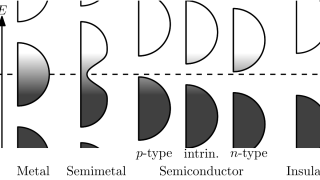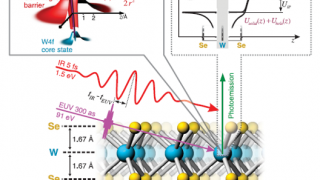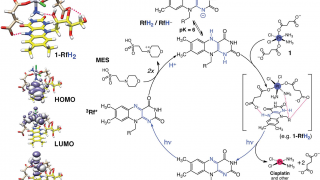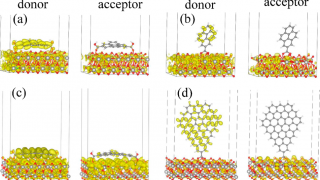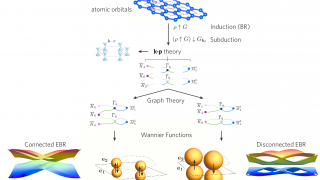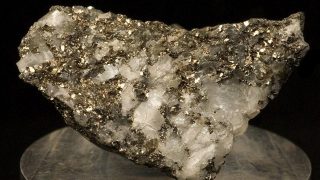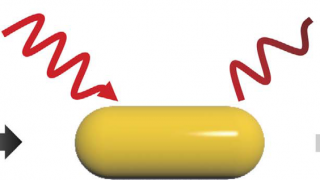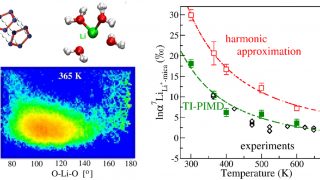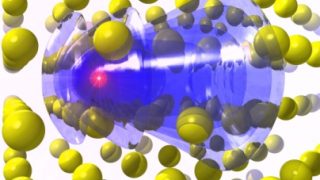
Breakdown of the free electron gas concept for electronic stopping
There is a variable that is relevant for such seemingly different fields as outer space exploration , nanotechnology , fusion research , or medicine. And that is electronic stopping, its precise knowledge important for the understanding of space weathering, ion beam patterning, plasma-wall interactions, or radiation therapy, respectively. When ions propagate in matter, they are […]
